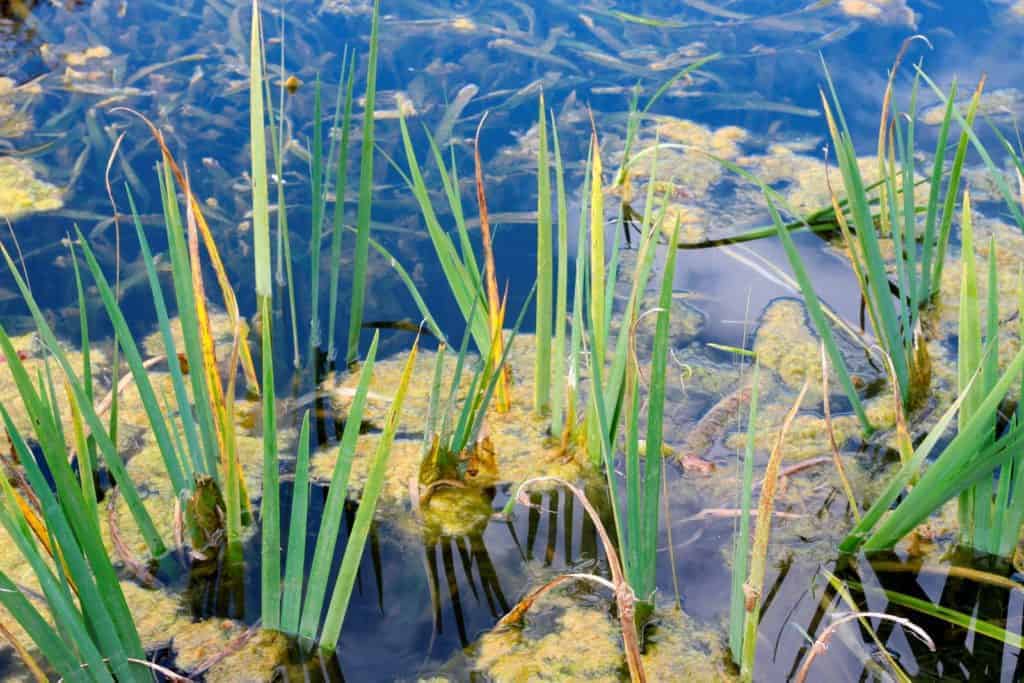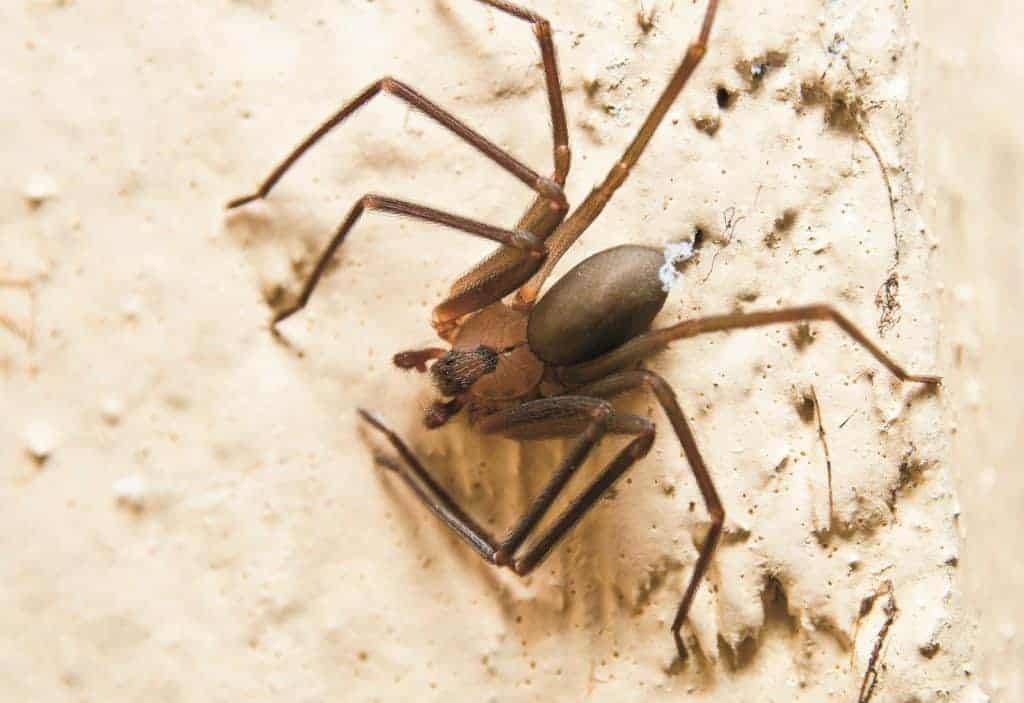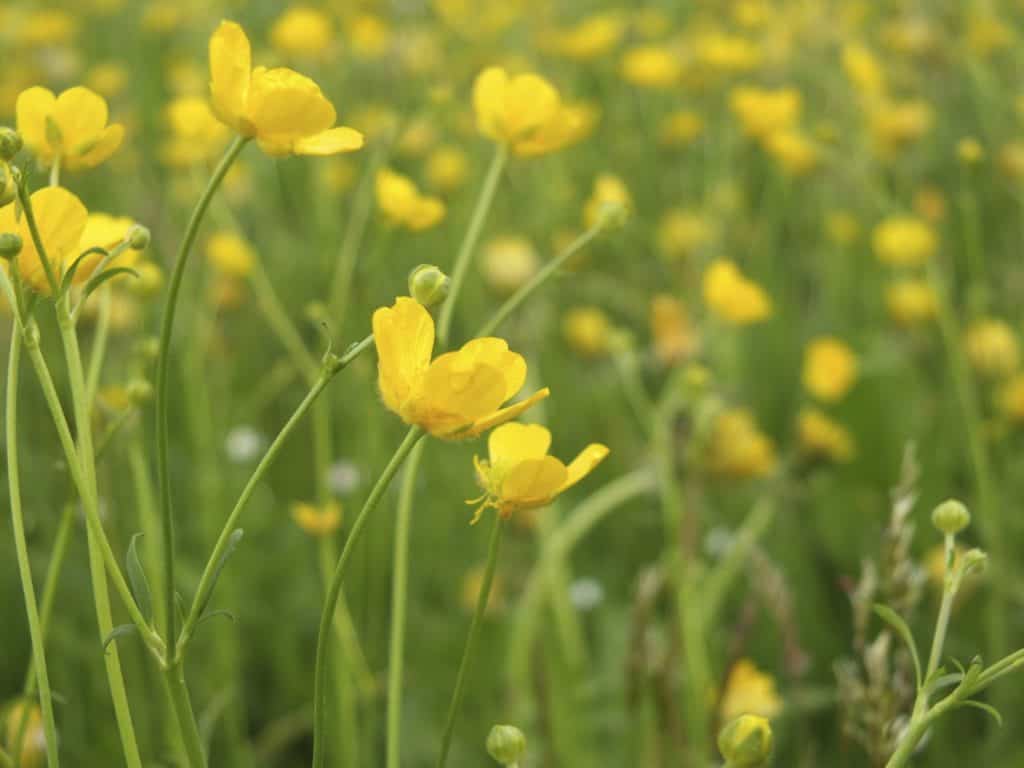
Weed of the Month: Nimblewill
Horses and other animals rarely consume nimblewill, so the plant often persists in pastures.
Design and maintain a healthy horse operation

Horses and other animals rarely consume nimblewill, so the plant often persists in pastures.

What types of grass are growing in your horse’s pasture during the summer? Here’s a look at which ones are desirable and which ones aren’t.

The toxins that cause this potentially fatal neurologic disease could be lurking in your horse’s environment or hay. Learn how to recognize and prevent botulism with this visual guide.

Remember these important steps if you’re faced with an infectious disease outbreak, regardless of what condition is at the center of the issue.

If your horse starts exhibiting signs of infectious disease, assume whatever he’s come down with is contagious to other horses until proven otherwise, and follow these important steps to halt disease spread.

Common ragweed is distributed widely across the United States and occurs in pastures and cultivated crops. Infestations in pastures are usually more of a problem during periods of drought or when overgrazing occurs.

When the majority of a field becomes unsuitable, it might be time to start over. Here’s what to consider before you begin and how to re-establish your pastures.

Many animals that ingest blue-green algae toxins die suddenly, but some can recover.

Here’s how to handle snake or spider bites should your horse have a run-in with one of these critters.

The most reliable approach to fire safety is to plan for the worst by having solid procedures in place for fire prevention and adhere to them daily.

Dr. Cynthia Gaskill of the University of Kentucky’s Veterinary Diagnostic Lab shares important things mare owners need to know about fescue toxicosis.

Whether you’re heading south for a winter show circuit or relocating permanently, preparation is key.

By maintaining a clean facility, instituting several simple biosecurity precautions, and regularly disinfecting your barns and stalls, you will be better able to prevent and control disease on your farm.

Buttercups can be poisonous to horses, but the plants are not palatable and animals usually do not eat them.

Now is the optimal time for Kentucky forage producers to cut hay to ensure they get good quality and yield.

Knowing the production potential and limitations of the soil under your farm is key to reducing feeding costs when managing horses and being a good land steward.
Stay on top of the most recent Horse Health news with
"*" indicates required fields